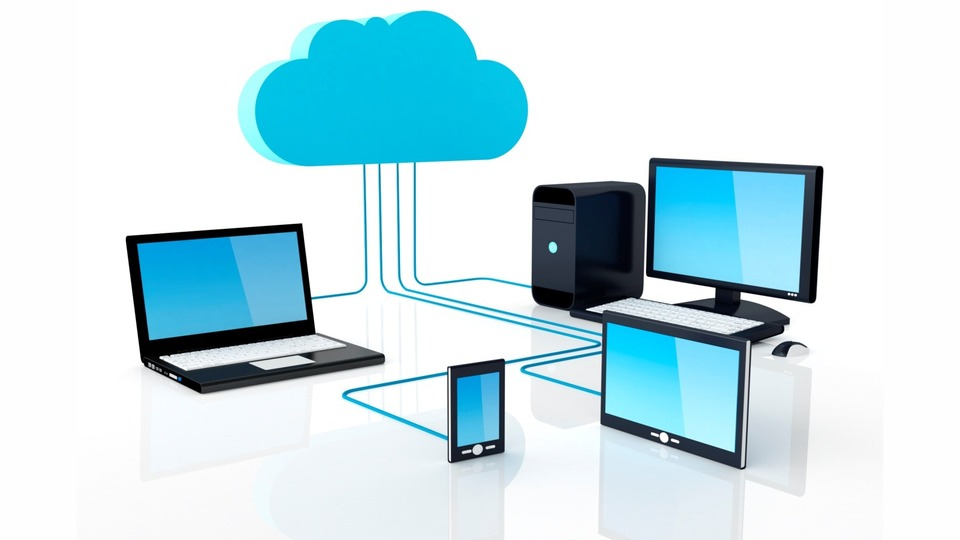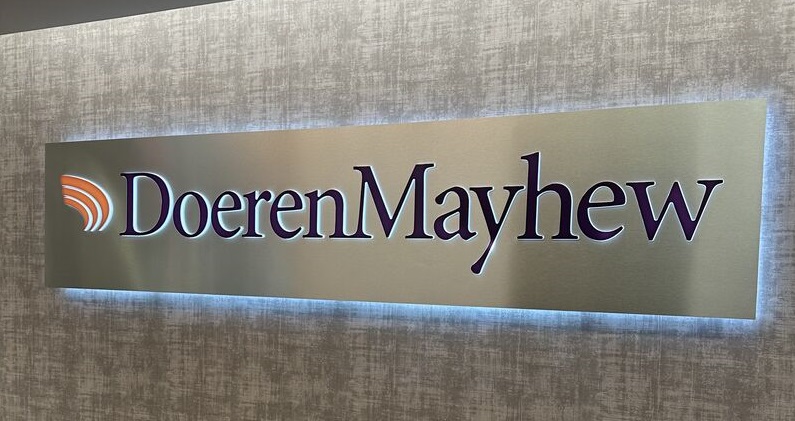In many firms, the business development process can best be described as “throw things at the wall and see what sticks.” This kind of business development doesn’t involve a lot of planning and results in a lot of wasted time spent on nurturing the wrong prospects, confusing potential clients, and building proposals with very little idea of whether you have a chance of closing the deal.
A business development pipeline can solve this problem. Essentially, a business development pipeline is a way of moving prospects through stages, from discovering your firm to closing the deal. If your busy team is juggling many prospects and other responsibilities, it can be easy to have one or more fall through the cracks. Having a pipeline helps you easily track each lead, sell to new prospects systematically and run a more efficient and profitable firm.
While there is no set standard for creating your pipeline, and every firm may do it differently, the following five phases are a good place to start.
Phase 1: Discovery
The discovery phase begins as soon as a potential client discovers your services – usually when your marketing efforts generate interest and create a lead for the sales team. At this point, you should have a Discovery Call with the potential client to:
- Answer their initial questions
- Gain an understanding of their pain points
- Gain an understanding of their decision-making process
- Match the prospect’s needs to your capabilities
The discovery phase qualifies potential leads to ensure you aren’t wasting time on prospects who can’t or won’t engage your firm, who might be wrong for your services or cause problems down the line.
Phase 2: Deep Dive
During the Deep Dive phase, you have a more in-depth conversation with the prospect about their pain points and exactly what problems they need you to solve.
Sometimes, clients aren’t really clear on what their problems are. During this phase, you ask detailed questions to pinpoint the problem, collaboratively develop a game plan to solve them and discuss your process and pricing.
Step 3: Decision Making
By the end of the Deep Dive phase, your prospect should have all of the information they need to make a decision. Now it’s up to them to work through their own decision-making process. They may compare your offering to other firms or solutions.
Your role during this phase is to follow up with the prospect at the pre-scheduled time and be available to ask any additional questions that might arise.
Step 4: Awaiting Signature
Once the client agrees to engage with your firm, you send the contract or engagement letter and wait for them to sign it. You may need to follow up with the client to ensure you get the signed contract or engagement letter back before beginning work.
Step 5: Close
At the end of the business development pipeline, you’ve either won or lost the client. Either way, you need to ensure you communicate with the appropriate parties.
If you didn’t win the client, it’s always a smart idea to find out why. This feedback can help you look for ways to continuously improve your business development process. Even minuscule increases in your conversion rate at each stage can lead to big results further down the pipeline.
If you win the client, build scheduling next year’s work into your business development process to win again. This helps ensure you have recurring clients, which is especially helpful for advisory and consulting services.
Your firm’s business development pipeline may look different, but no matter how you structure it, you should have defined steps. Ensure you know which conditions must be satisfied for the prospect to move to the next phase of the pipeline. Otherwise, your team may not know which step the client is in. It can be embarrassing to send a prospect an engagement letter for signature when in reality, you still need to have a deep dive conversation to find out what they really need.
Once you’ve created a business development pipeline for your firm, don’t be afraid to revise it if it seems like your pipeline needs fewer or more stages. Honing it will make it more effective, which will help your firm meet its growth goals.
=====
Jon Hubbard is a shareholder and consultant with Boomer Consulting, Inc.
Thanks for reading CPA Practice Advisor!
Subscribe Already registered? Log In
Need more information? Read the FAQs





![Jon-Hubbard[1]](https://www.cpapracticeadvisor.com/wp-content/uploads/2022/04/Jon_Hubbard_1_.5f3bedb329ec8.jpg)